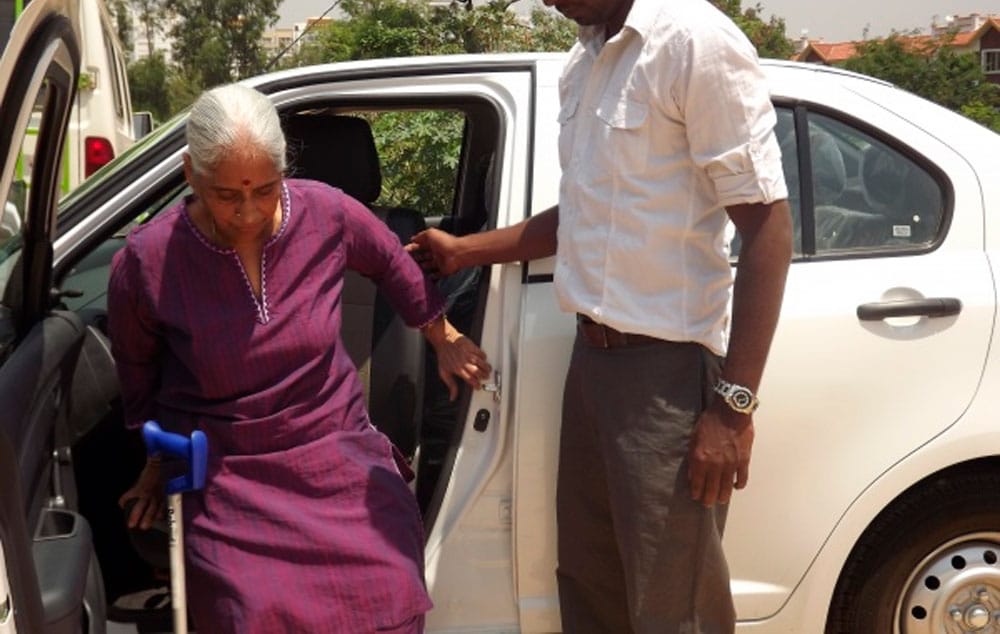Planning for that big holiday is pleasurable but sometimes a daunting task. For the differently abled, it is a matter of finding all things ‘accessible’ – from the right mode of transport, to the right hotel and even the right restaurant.
For Asha (name changed), finding accessible accommodation when she travels out of the city means staying in a star-category hotel. Being wheelchair-bound, she needs facilities such as wider entrances and railings in the bathroom. And these are not easy to find. “Even visiting temples is a difficult task here, but not so in the USA,” she said.
Many may say small strides are being made towards making travel a more inclusive and an accessible affair. This includes travel aggregator websites, such as UMOJA (literally translated as inclusive in Swahili); helping persons find accessible accommodation, the Adarsh Smarak Scheme for conservation of monuments under which they are made accessible to the differently-abled, among other things; and even online restaurant listing service Zomato including a ‘wheelchair access’ filter as an additional feature.
“It is not like there is zero accessibility. The Archaeological Survey of India (ASI) has made many monuments accessible; some restaurants and malls are accessible. There is some level of improvement, but not at the best rate,” said Shivani Gupta, founder of AccessAbility.
Gouthami, CEO, Travel Another India, which ran ‘Journeys without Barriers’ for six years, offering a ‘barrier-free’ travel for persons with disabilities and senior citizens, said while some tourist destinations may have become accessible, travel and stay remain areas of concern. “Four and five star hotels need to have at least one room that is accessible. But this has been implemented only to an extent; it is accessible to persons on wheelchairs. Accommodation has to be genuinely accessible where no helper is needed,” she said.
The team organised trips to Ladakh, Srinagar and Mussourie. But the trips to Srinagar and Mussourie required the travellers to take the help of those around. Down south, only Goa can be termed disabled-friendly, she said. “Around 82 to 85 per cent are wheel-chair friendly. But there are other cases that should be considered, such as persons with visual and/or hearing impairment and autistic individuals,” Ms. Gouthami added.
Travel options
Though most existing modes of transport have a long way to go as far as accessibility is concerned, the sector is seeing some options in cities. Bengaluru-based KickStart provides vehicles equipped to accommodate people on wheelchairs, persons with disabilities and senior citizens within and outside the city. The pilot phase was launched in 2013. Vidya Ramasubban, founder, KickStart, said they are scaling up operations. “Even if they would like to travel, they cannot. If you find an accessible mode of transport, you need to have accessible restrooms and restaurants on the roads, more so on the highways. And if you are travelling to another place, you need similar facilities once you reach your destination,” she said.
Shravanabelagola to become better accessible soon
Many monuments under the ASI are described as accessible to an extent, having basic facilities such as ramps at entrances, pathways for those on wheel-chairs, and Braille signage at places, including Srirangapatna, Chitradurga fort, Somanathapura and Halebidu. Hampi and Pattadkal are covered under the Adarsh Smarak Scheme. Next in line is Shravanabelagola, which is a non-ticketed monument, ASI officials said.
Source: The Hindu



